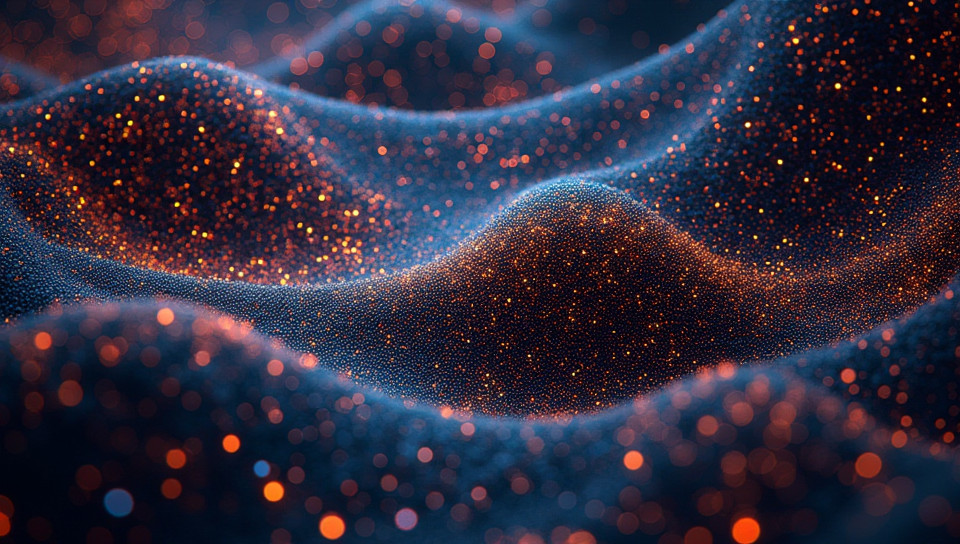Algorithmic techniques create complex patterns in software art 86%

The Art of Code: How Algorithmic Techniques Create Complex Patterns
In the world of software art, complexity is often the ultimate goal. Artists and developers alike strive to create intricate patterns that captivate and mesmerize audiences. But have you ever wondered what lies behind these stunning visuals? The answer lies in algorithmic techniques – a set of rules and instructions that generate complex patterns with ease.
The Basics of Algorithmic Techniques
Algorithmic techniques involve using mathematical formulas and programming languages to create repeating patterns. These patterns can range from simple geometric shapes to intricate fractals, each with its own unique characteristics. By applying these algorithms, artists can create stunning visuals that seem almost otherworldly.
Types of Algorithmic Techniques
There are several types of algorithmic techniques used in software art, including:
- Perlin noise: a method for generating natural-looking textures and patterns
- L-systems: a way to create fractals using recursive grammar rules
- Cellular automata: a simple yet powerful technique for creating complex patterns through cell division
The Power of Recursion
One key element of algorithmic techniques is recursion. By breaking down complex patterns into smaller, more manageable pieces, artists can use recursion to create infinitely detailed designs. This process allows for the creation of fractals and other self-similar patterns that repeat at different scales.
From Code to Canvas
So how do these algorithms turn code into canvas? The answer lies in the way they are implemented using programming languages such as Python or JavaScript. Artists can use libraries like Processing or OpenFrameworks to create stunning visuals that bring their designs to life.
Conclusion
Algorithmic techniques have revolutionized the world of software art, allowing artists and developers to push the boundaries of what is possible. By harnessing the power of mathematics and code, we can create complex patterns that inspire and captivate audiences around the world. As technology continues to advance, it will be exciting to see where algorithmic techniques take us next – perhaps into entirely new realms of creativity and innovation.
- Created by: María Fernanda Fuentes
- Created at: Nov. 27, 2024, 11:38 a.m.
- ID: 16266
